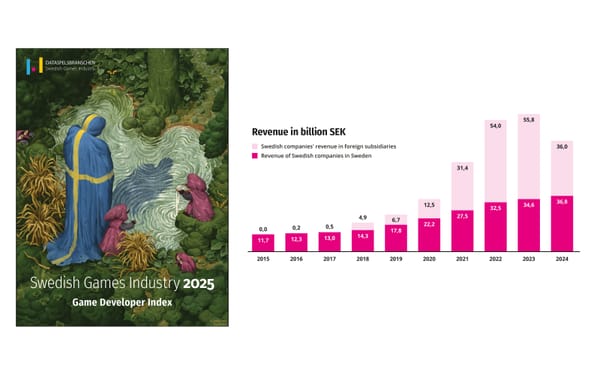USK Advisory Board Resolves Further Development of Classification Criteria




The Unterhaltungssoftware Selbstkontrolle (USK) will continue to develop the guiding criteria for the legal protection of minors in the area of risks associated with the use of digital games. This was decided by the Advisory Board.
The games industry is known for its rapid development. Accordingly, the protection of minors has to be constantly adapted. At its most recent meeting on 5 June, the USK Advisory Board evaluated the guiding criteria for the legal protection of minors in the classification of digital games and decided to develop them further in the area of risks of use. Specifically, the findings of current case law are to be more firmly anchored in the classification criteria. In particular, the focus is on the risks posed by chat functions, loot boxes and purchase functions in games and the assessment of the appropriateness of the protection measures provided.
The background to this is that the USK has had new classification regulations in force since January 2023, based on the reform of the German Protection of Young Persons Act in May 2021. According to the USK, these have already had an impact: around 30 per cent of the games with online functions tested received a higher rating due to the risks of use.
"Since the amendment of the German Protection of Young Persons Act, risks such as loot boxes, chat functions or mechanisms which encourage excessive media use have been included in the statutory age rating procedure. In addition to the age rating symbol, the USK also provides additional information to help parents and educators. Based on the latest decisions of the USK's independent committees, these have recently been expanded to include information on 'pressure to play', 'increased incentives to buy' and 'increased communication risks'. This shows that the USK is in a good position to identify new risk phenomena and incorporate them into its practice,' says USK Managing Director Elisabeth Secker. Heico Michael Engelhardt, Chairman of the USK Advisory Board, added: 'This continuous development is an important step towards meeting the dynamic requirements for the protection of minors from harmful media.








